World Fine Art Professionals and their Key-Pieces, 493 - Simon Schrikker
World Fine Art Professionals and their Key-Pieces, 493 – Simon Schrikker
In quick succession I saw work by Simon Schrikker. At Rijnmondiaal #2 in Museum Vlaardingen sculptures of a large red octopus and a Schnauzer dog. In addition paintings of Staffordshire bull terriers. And in Galerie Lecq, located in a bridge keeper’s house near the Euromast a white shark on a rotating table. A red octopus kept him company.
A few weeks later I see the great white shark again when I visit Simon Schrikker in his studio. I also see various dogs, sharks and octopuses. To my right is a sculpture of a Staffordshire bull terrier. Simon: “The lower body is from a statue I found on the street. It stood here in the garden for a long time. I made a matching head for it.”
Dogs, sharks and octopuses
Dogs, sharks and octopuses, they are Simon Schrikker’s favourite animals. They are not exactly animals that evoke feelings of peacefulness, let alone rapprochement. On the contrary, they radiate a certain aggression, they evoke fear. This is further reinforced by the way it is painted.
“The octopus, what a special animal. It has no less than three hearts and – in all probability – nine brains. It is a kind of alien creature. I have the same thing with sharks. They are terrifying creatures from a fairy tale. It was a good incentive for me to start painting them.”
He gets the images of the animals from the internet, but he transforms them into something completely different. “Physically – the gills, the tentacles – it has to be right.” He has made a cinematic montage of both the octopuses and the sharks based on a whole series of watercolors.
Balance between technique and image
Simon Schrikker works on the border between figuration and material treatment. “Sometimes the painting has the upper hand, sometimes the technique. That is different for every work. I like animals, I can put a lot of emotion into them, without it becoming too literal. It can be quite expressive, sometimes it becomes heavy and dark. I leave a lot of space for the viewer, so that they can follow their own intuition. Some people recognize their own dog in it, for others it comes across as too threatening. It is about finding a good balance between technique and image, and less about the figuration itself.”
He made his first animal paintings in oil paint with a brush. It was quite ‘flat’ work. At a certain point he put the brushes away and continued with the palette knife, which made the work thicker and more monumental. He stepped further and further outside the frame. The next step was sculptural work that was still filled in painterly on linen on the outside, but on the inside consisted of a framework of iron wire, resin and polyester.
Change in technique
In terms of subject matter, little has changed, but in terms of technique, a great deal has changed, he says. The shark, for example, is cast in bronze. He has made five bronze statues in total. He used polyester, resin and Acrylic 1, which is acrylic without poison. “The shark is sturdy enough. But you shouldn’t put it outside.”
Previously he used oil paint, lately he uses acrylic paint, to which he mixes all sorts of things so that it spreads like oil paint. “Oil paint is organic, acrylic paint is much more stable. But oil paint is more beautiful.”
Soon he will start working at the clay studio of Cool Clay Collective in Rotterdam. It was set up by Dirk van Lieshout and Hans van Benthem. There is a small and a large oven. They also have a glaze cabin so that – after the first baking process – colours can be added. He will have his own studio space there for about three months where he will make a number of ceramic works.
Does Simon have a key work?
Not immediately. His work develops gradually. He has a key moment rather. In 2005 he was one of the chosen ones for the Royal Painting Award, which is usually awarded in the Palace on Dam Square in Amsterdam, but that year – due to renovations to the palace in Amsterdam – in the Gemeentemuseum in The Hague. He had submitted a painting of a dog. He was not the winner, but he was one of the selected ones and he received the most votes for the public award. “It happened very quickly. The Gemeentemuseum was interested in my work, but also a gallery and Joop van Caldenborgh (of the later museum Voorlinden). But by then I had already sold the work to Wim van Krimpen of the Gemeentemuseum. The Royal Award gave the interest in my work a big boost. As an artist you need these kinds of moments of happiness.”
Landscape watercolors
He also makes landscape watercolors. Especially during corona time he made a whole series. I see landscapes with mountains and rivers with a lot of dark blue and black. Mountains with a river flowing down, for example, it could be Norway or Madeira. And also many mountains in his sketchbooks, now in black. “This track has ebbed away. At another time something else will come. I am constantly busy.”
Every now and then he makes large murals, such as in TENT in Rotterdam. Behind the Rotterdam Eye Hospital hangs a twelve-meter high work of his hand. A mural requires a lot of thought, he says. “You have to take the right steps in succession. One step is followed by another. He is going to paint over a mural of an octopus in Galerie Frank Taal that is 2.5 meters high and 8 meters long. “A shame. But I hire a good photographer. The most important thing is the feeling that I have benefited from it myself. ”
Education
He graduated from the Minerva Academy in Groningen in 1999. From there he went to the Royal Academy in Ghent for six months. “I also did a master’s degree at AKI-2, the Dutch Art Institute, which is now in Arnhem. A two-phased education, architects and installation artists also came to your studio there.”
Finally, what is his philosophy?
“I am a real doer. Things that surprise me arise while doing. That happens when you spend a lot of hours in the studio. But it is also about having courage: ‘I’ll see where the ship ends up’, I think.”
Photo 10: portrait photo Simon Schrikker.
https://www.simonschrikker.com/
https://kunstambassade.nl/kunstenaars/simon+schrikker/
https://www.instagram.com/simon_schrikker/?hl=nl
https://inzaken.eu/2024/09/05/honden-haaien-en-inktvissen-van-simon-schrikker/
Disclaimer: The views, opinions and positions expressed within this guest article are those of the author Walter van Teeffelen alone and do not represent those of the Marbella Marbella website. The accuracy, completeness and validity of any statements made within this article are not guaranteed. We accept no liability for any errors, omissions or representations. The copyright of this content belongs to Walter van Teeffelen and any liability with regards to infringement of intellectual property rights remains with the author.

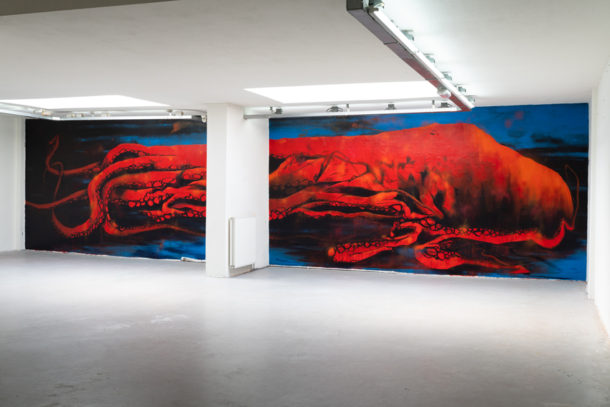

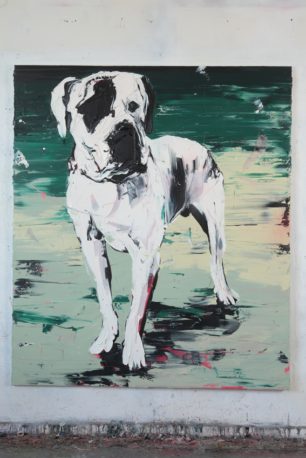

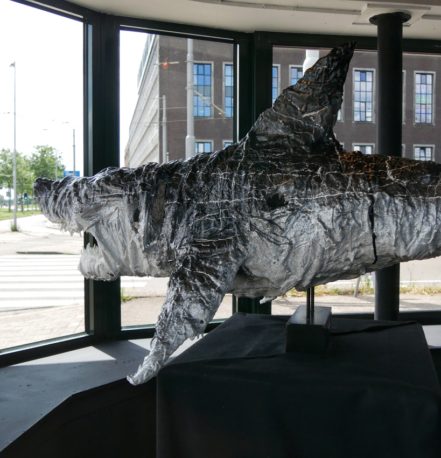
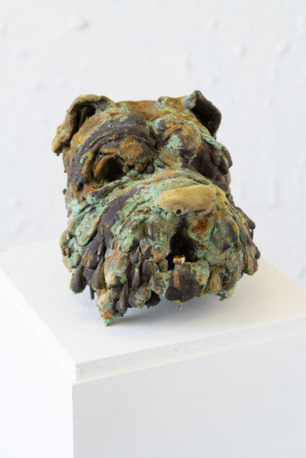

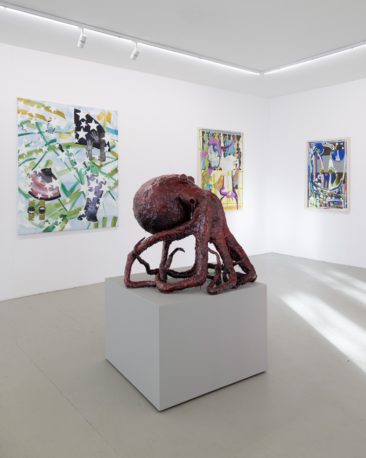

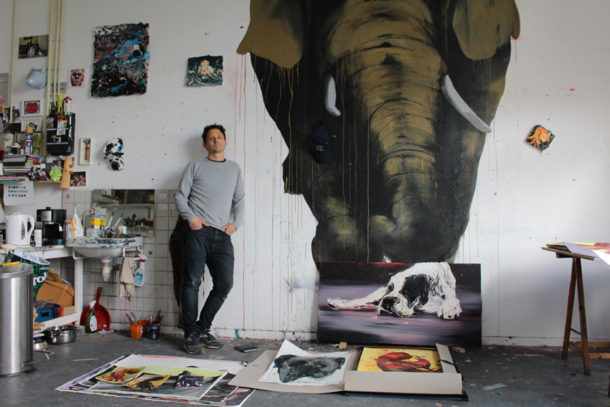














The opinions expressed by individual commentators and contributors do not necessarily constitute this website's position on the particular topic.